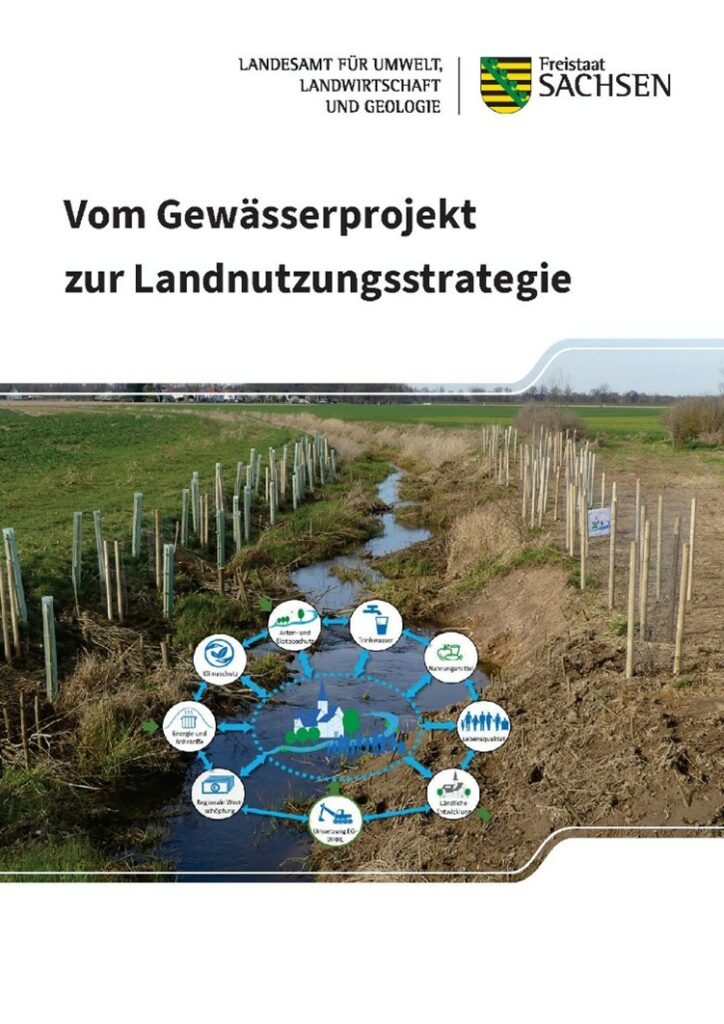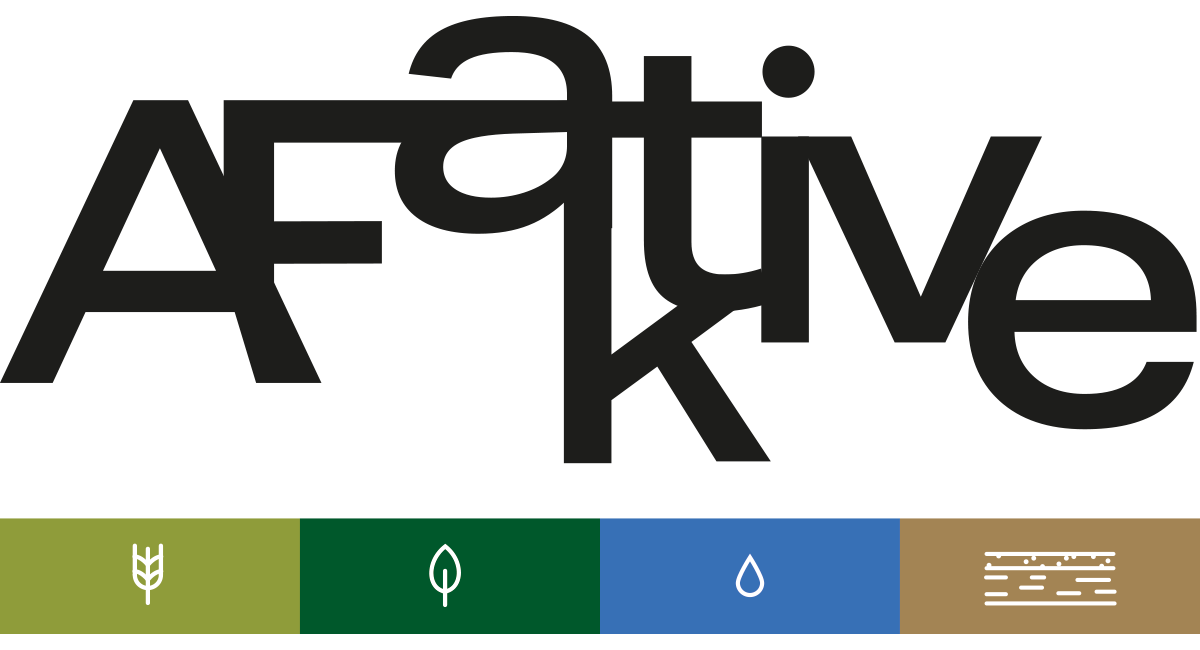
Admittedly, the long title might seem a little complicated: Testing specific fields of action for the implementation of near-natural watercourse development as part of a feasibility study – ElmaR III.
This is a solution suggestion on how to achieve the objectives of the EU Water Framework Directive (EU WFD) in practice. This is urgently needed, as e.g. only 7% of watercourses in Saxony fulfil the required good ecological status. One reason for this is the lack of land availability on both sides of the watercourse. But how can we increase the willingness of property owners to commit to these socially important renaturalisation projects or at least to (silently) support them?
We should or, better yet, we must consider the cultural landscape with its people and, above all, with all those who earn their income in this sector. This requires a willingness to make compromises, e.g. to think about renaturalisation in a production-integrated way. Preserving values, placing new ones and, of course, harvesting them. This cannot be achieved by thinking in sectoral terms alone. So hydraulic engineers, landscape architects, farmers, mayors, economists, biologists and energy experts have joined forces with the State Office for the Environment, Agriculture and Geology of Saxony to develop a land use strategy based on watercourse renaturalisation. And it works like this: The actual watercourse is given a little more space, is allowed to develop and is framed from the upper edge of the bank by serving agricultural woody crops (agroforestry & coppice with short rotation). These are naturally harvested in a cleverly devised mosaic and provide heat for the communal heating network.
This final report examines in detail how such a strategy can be developed and implemented as well as, of course, what compromises and funding are necessary. The special feature is that every investment and state subsidy flows directly into rural development with the companies based in the area. This strengthens people and nature.
Click here for the final report.
Click here to go to our project partner Stowasserplan. Click here for the current agroforestry project at the Tauchnitzgraben AGROfloW.
